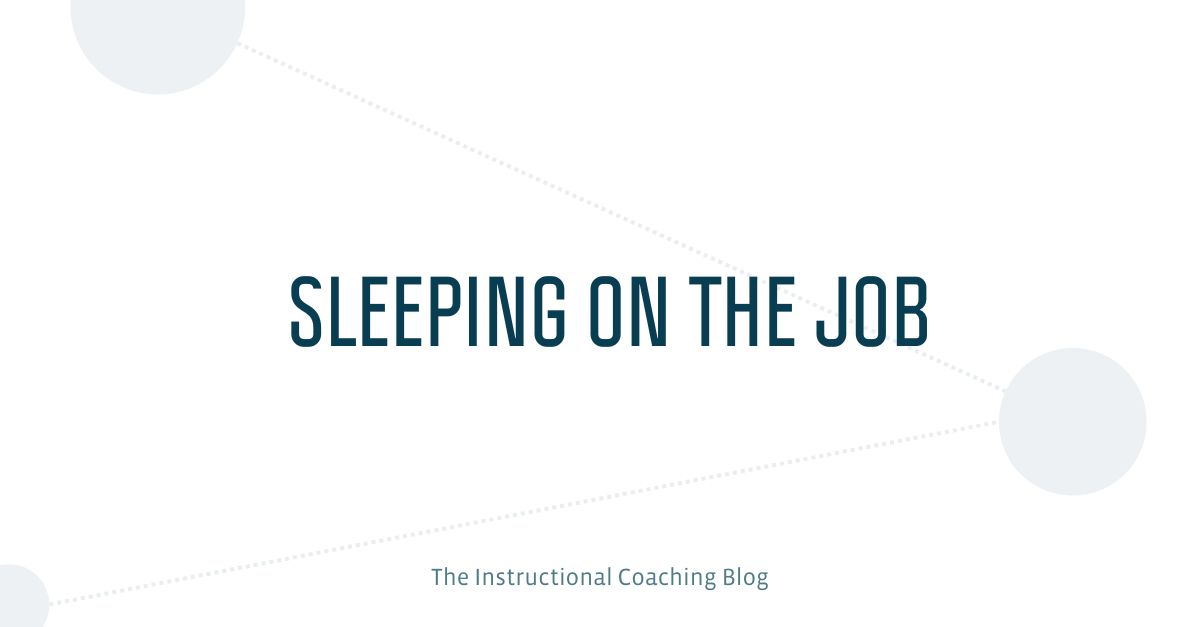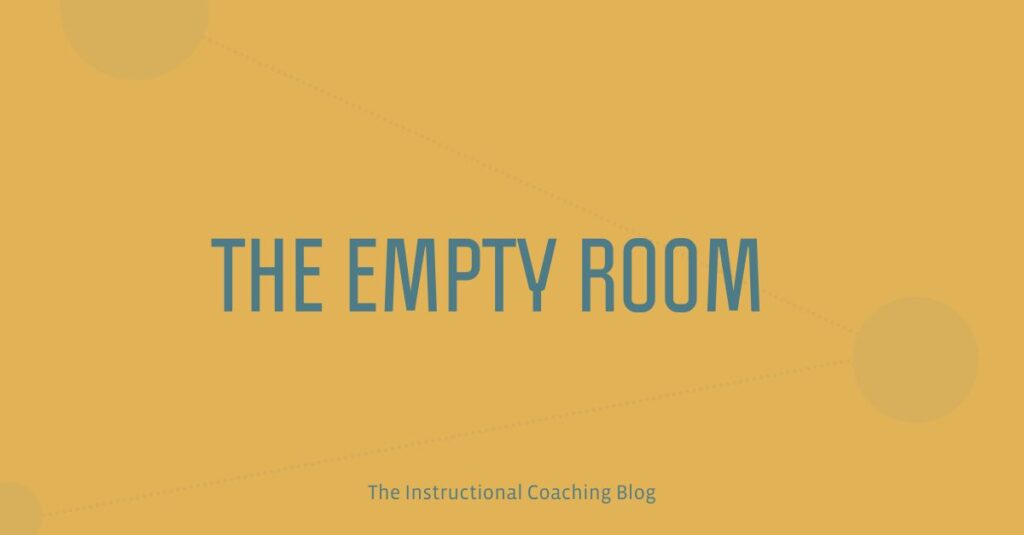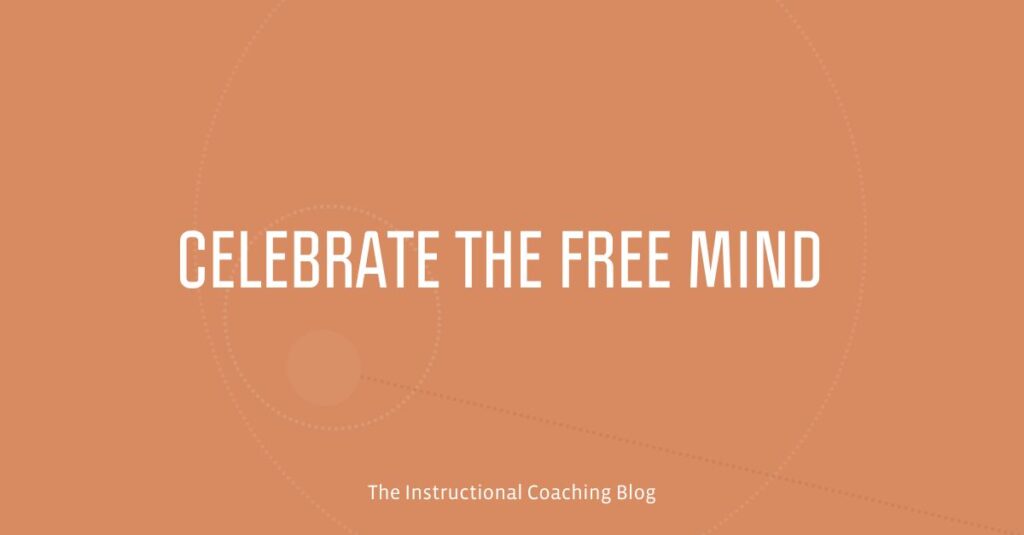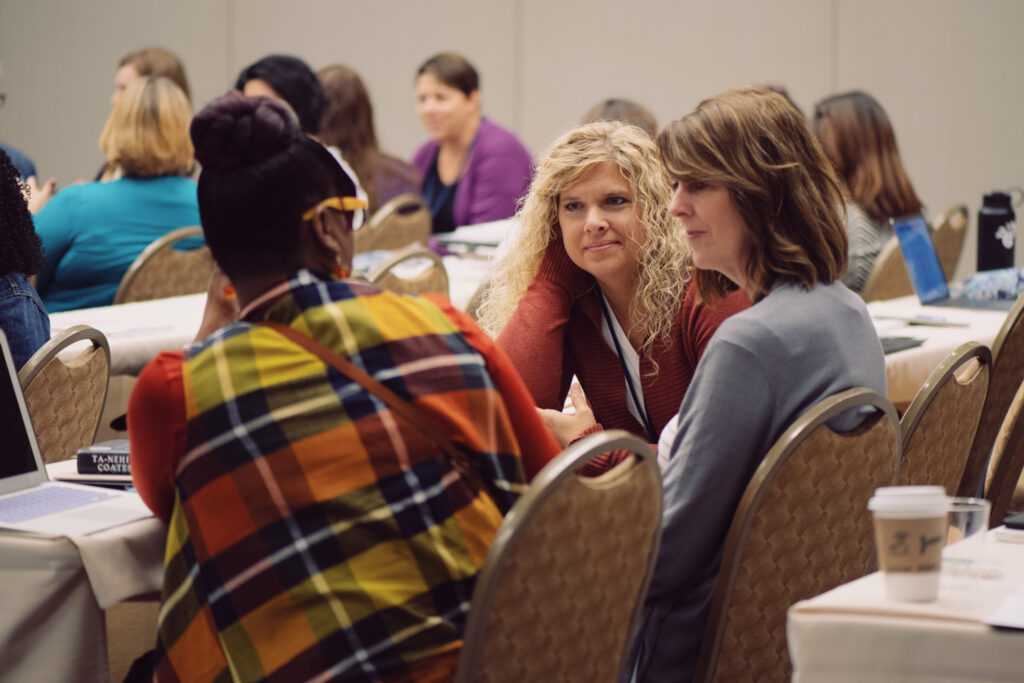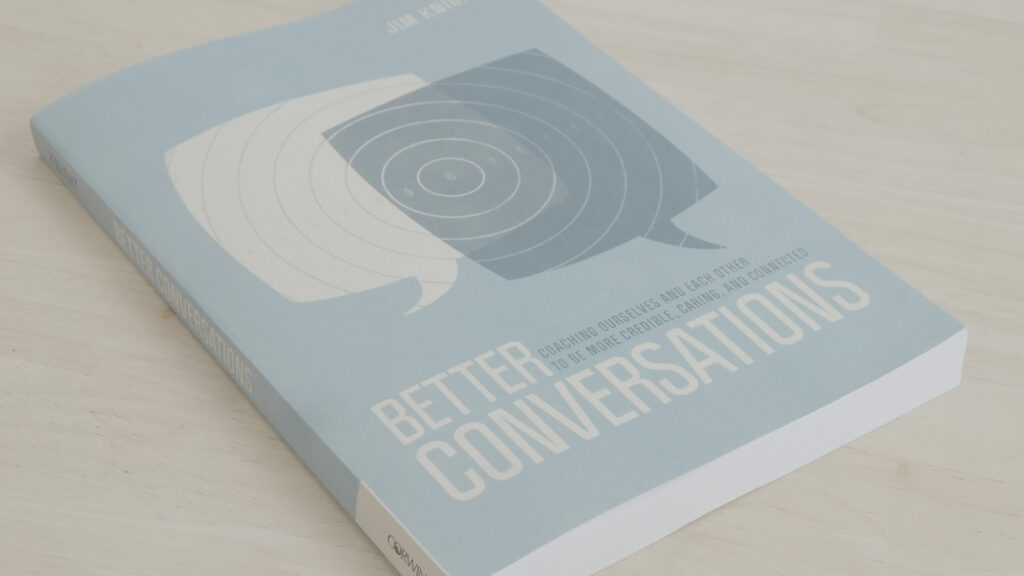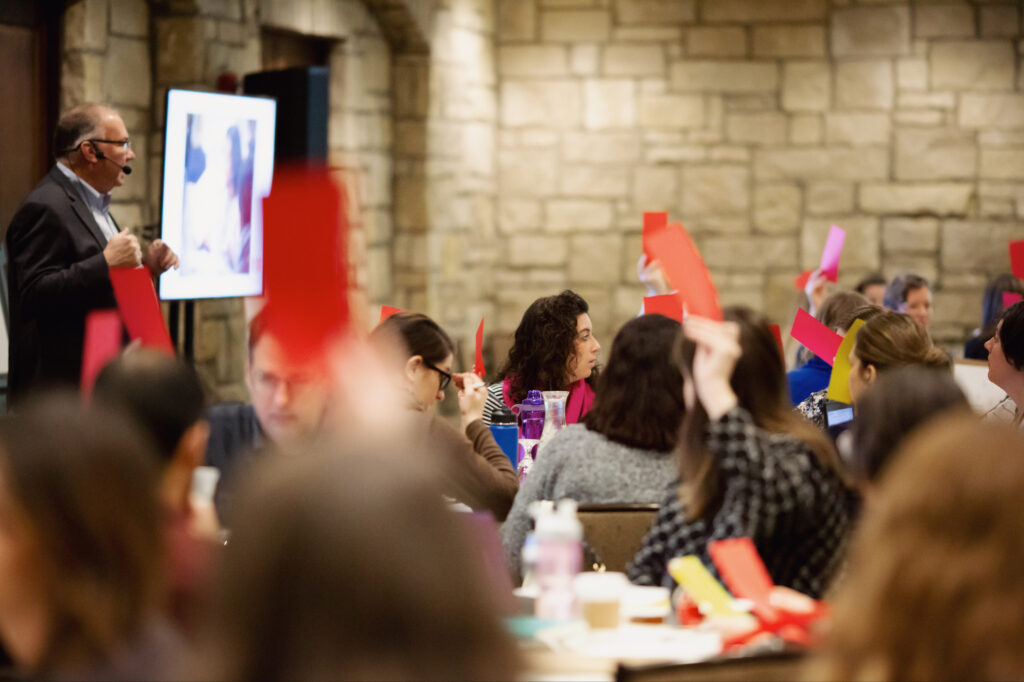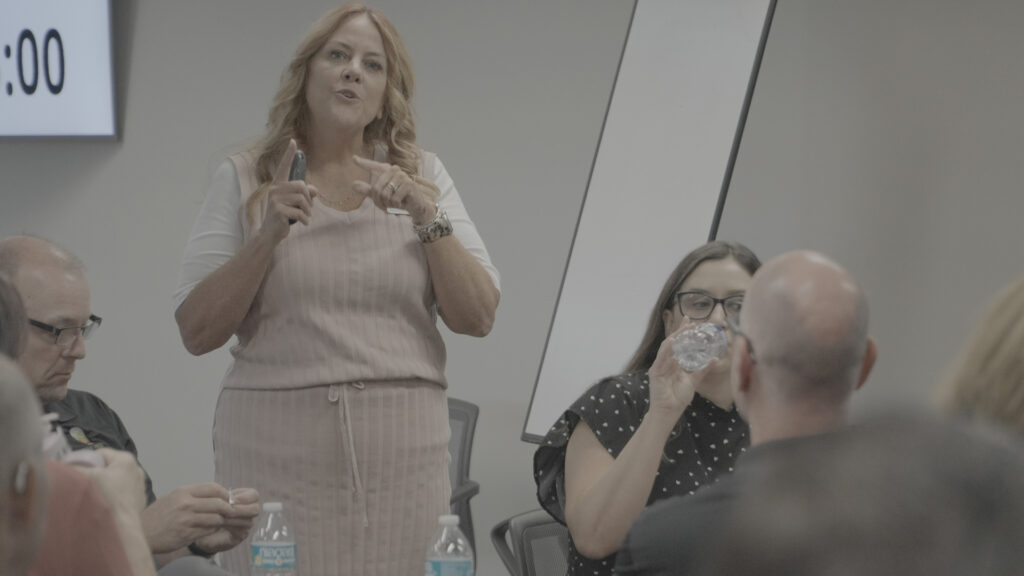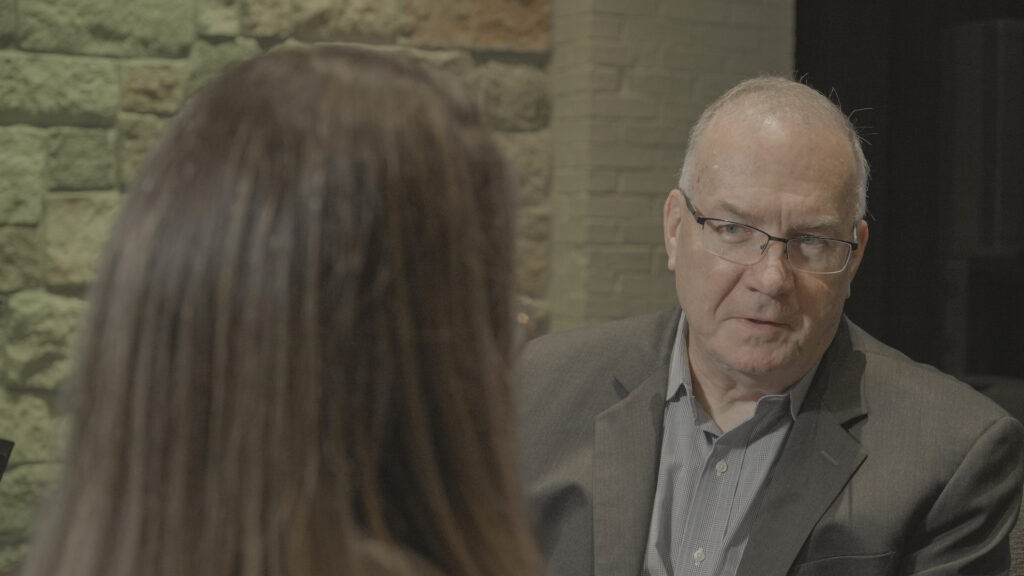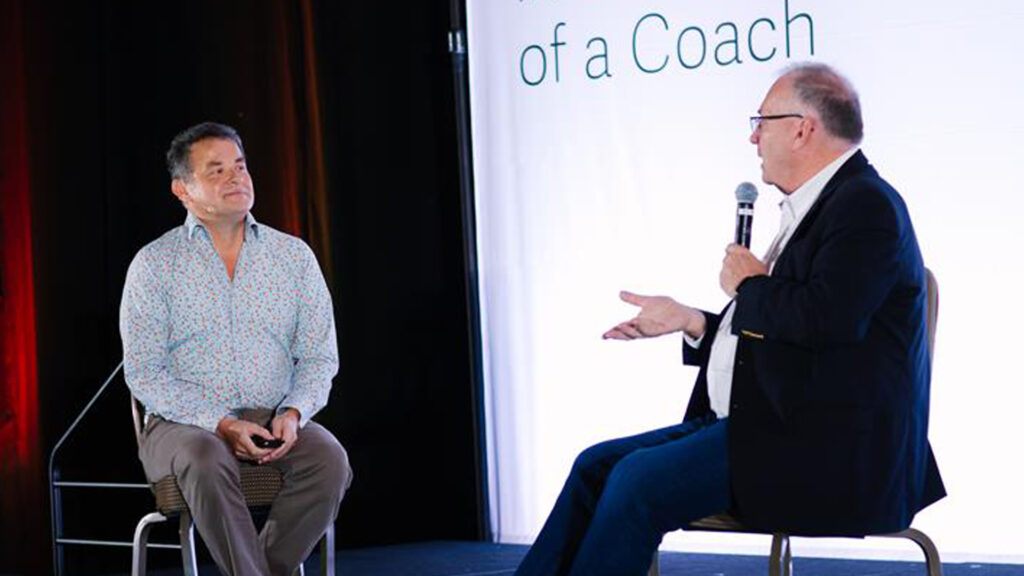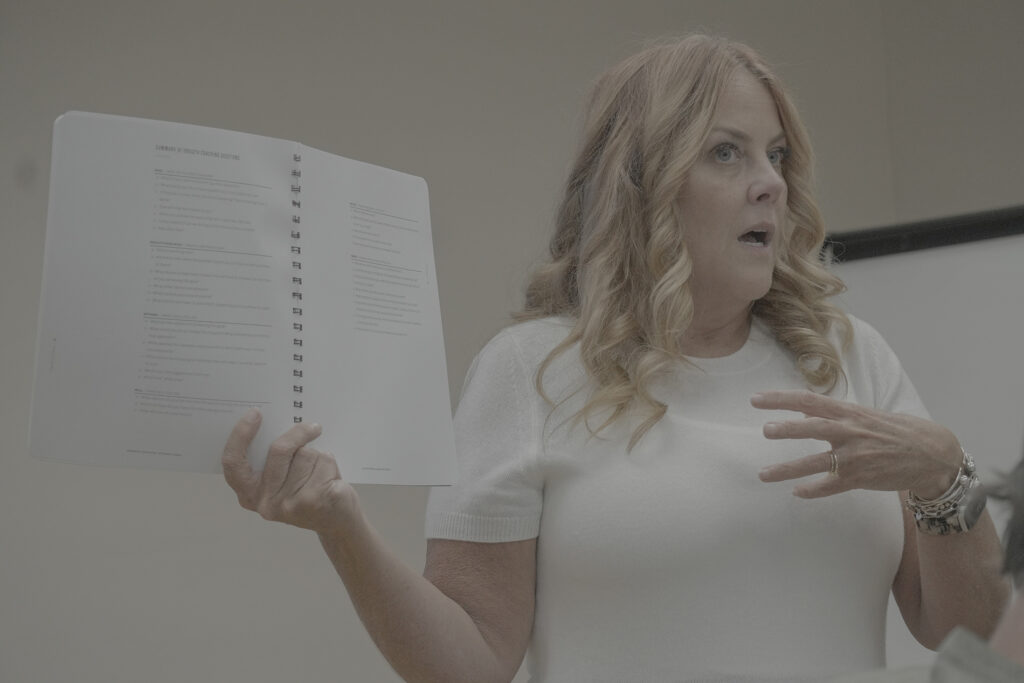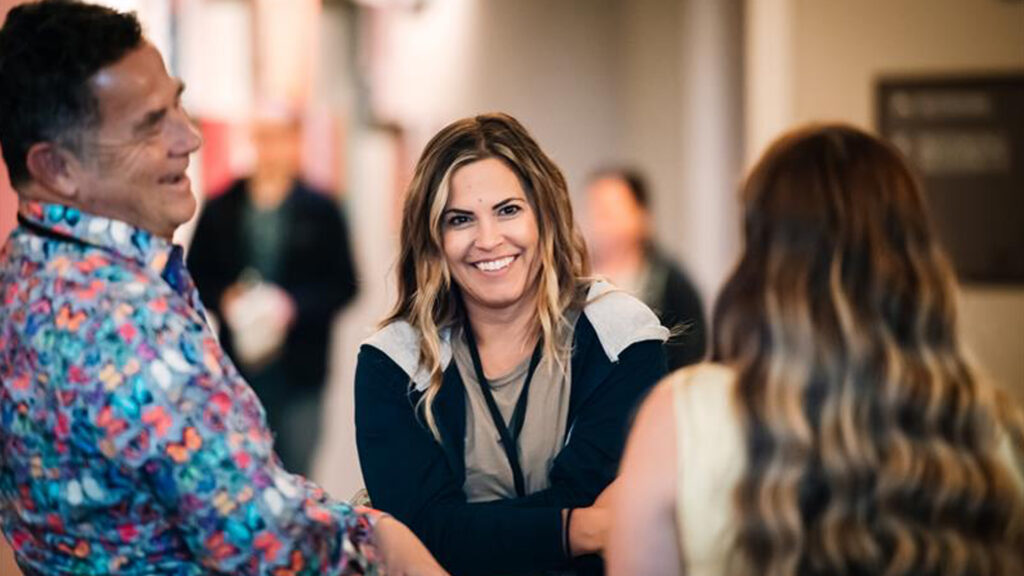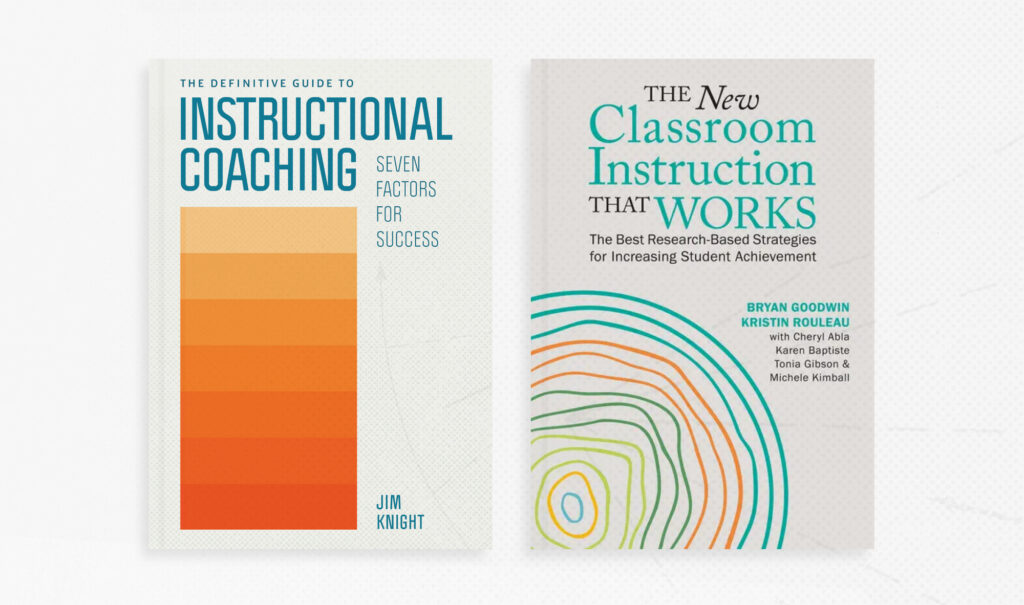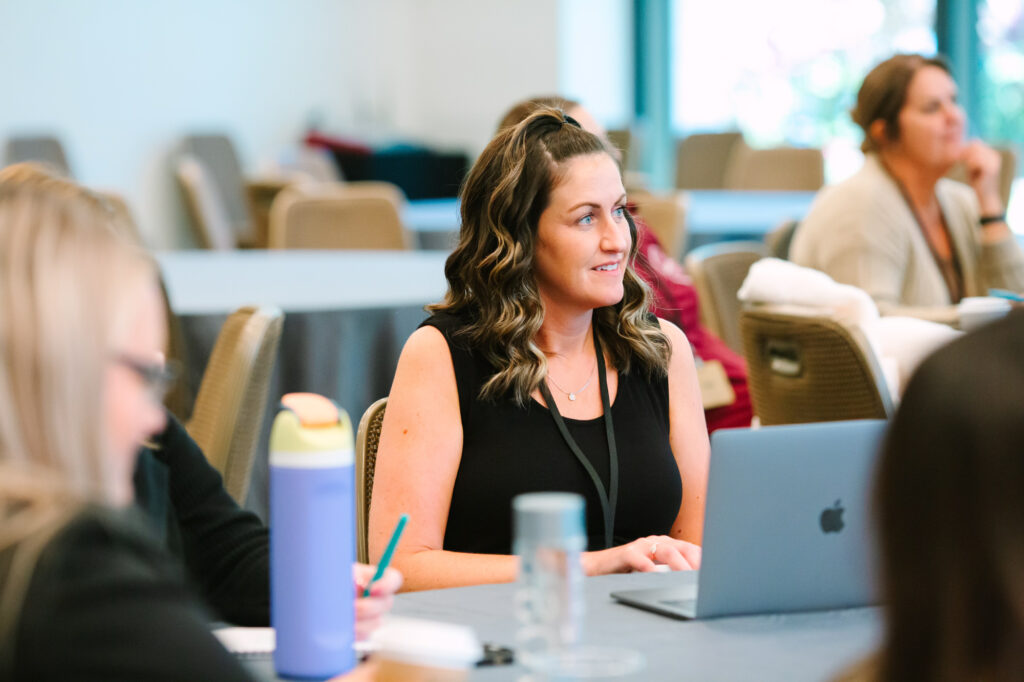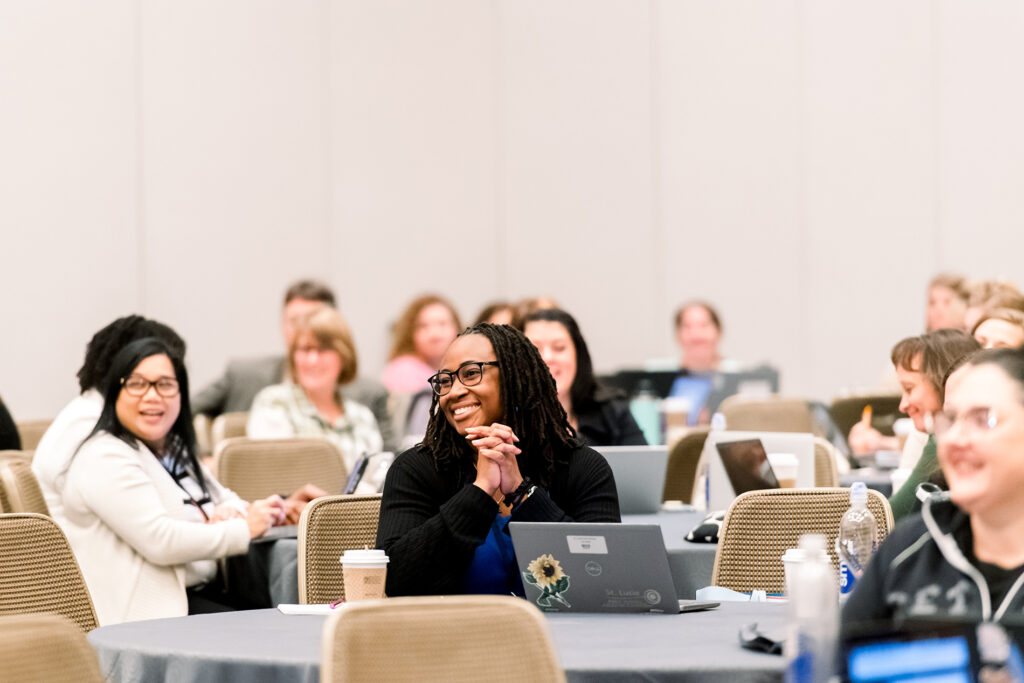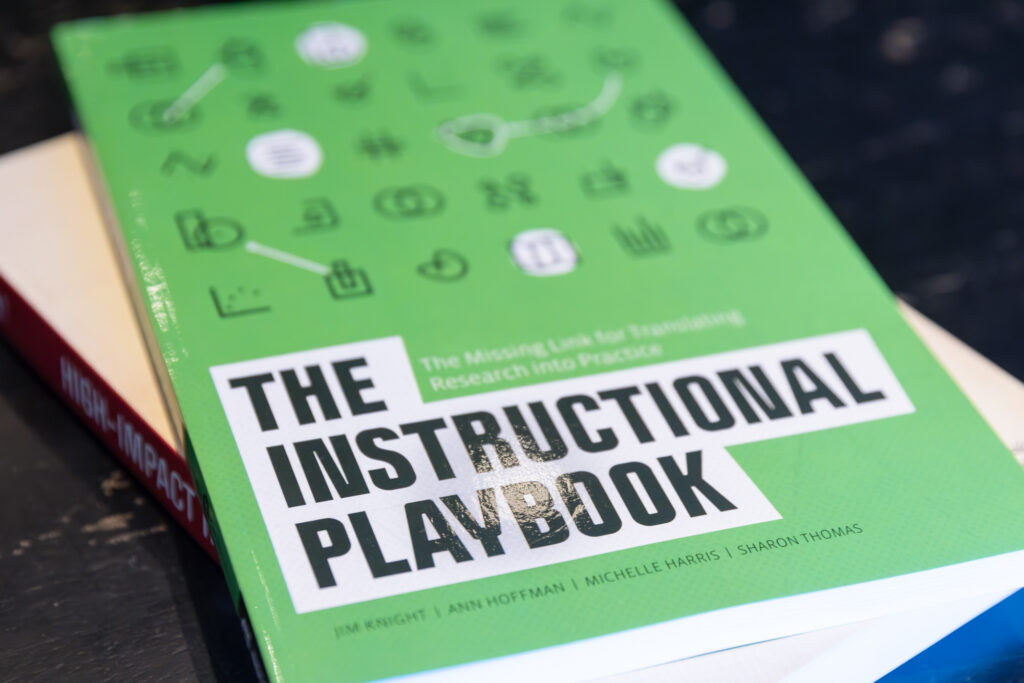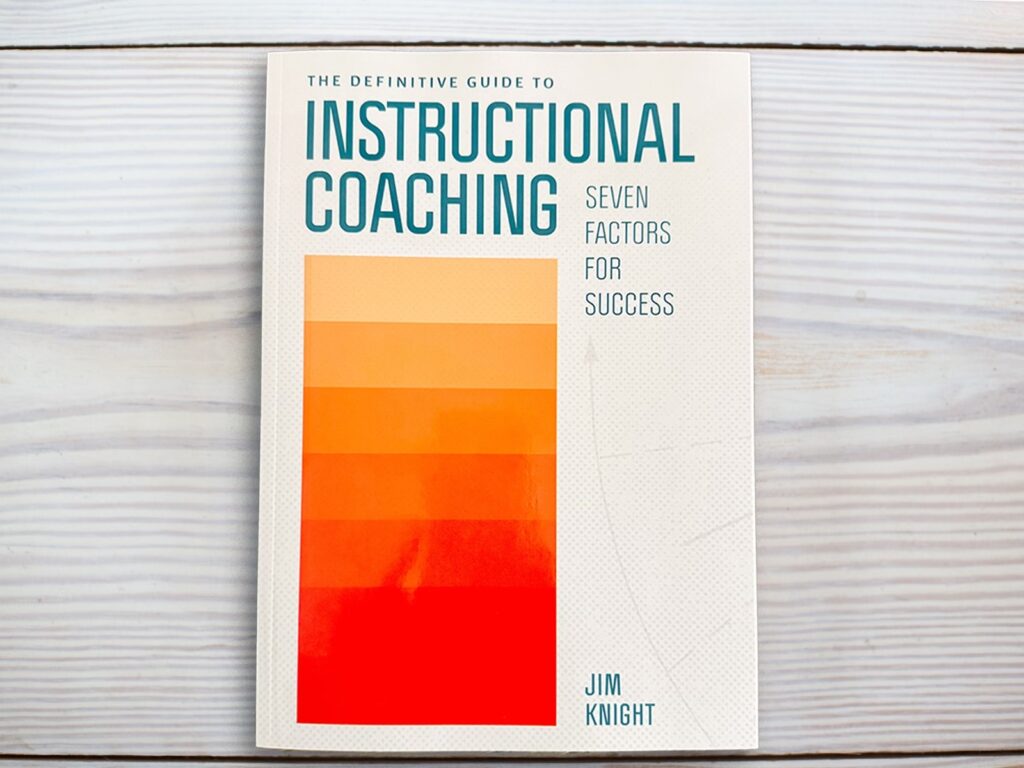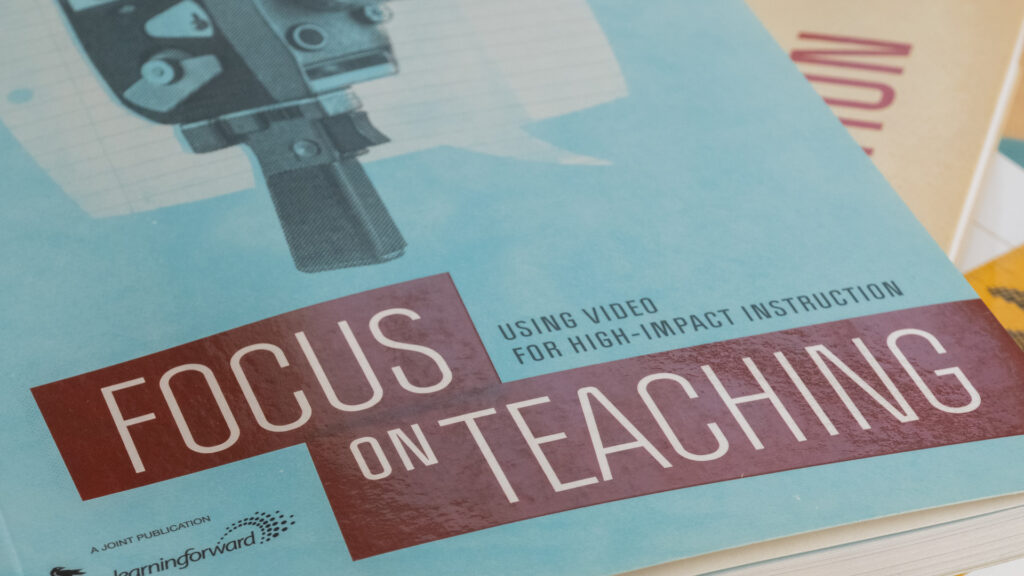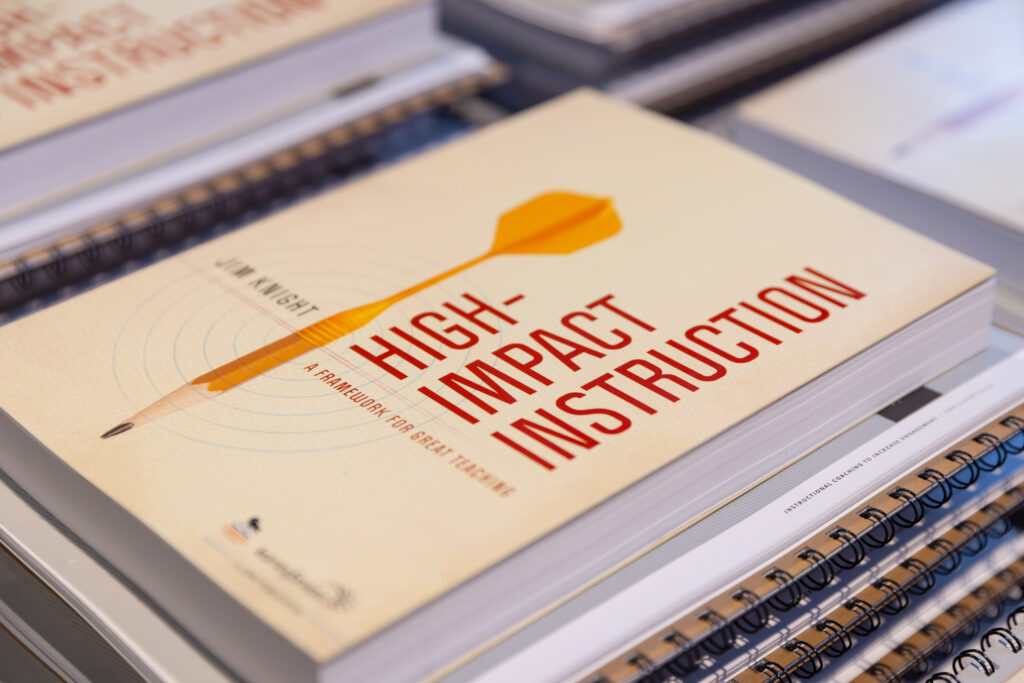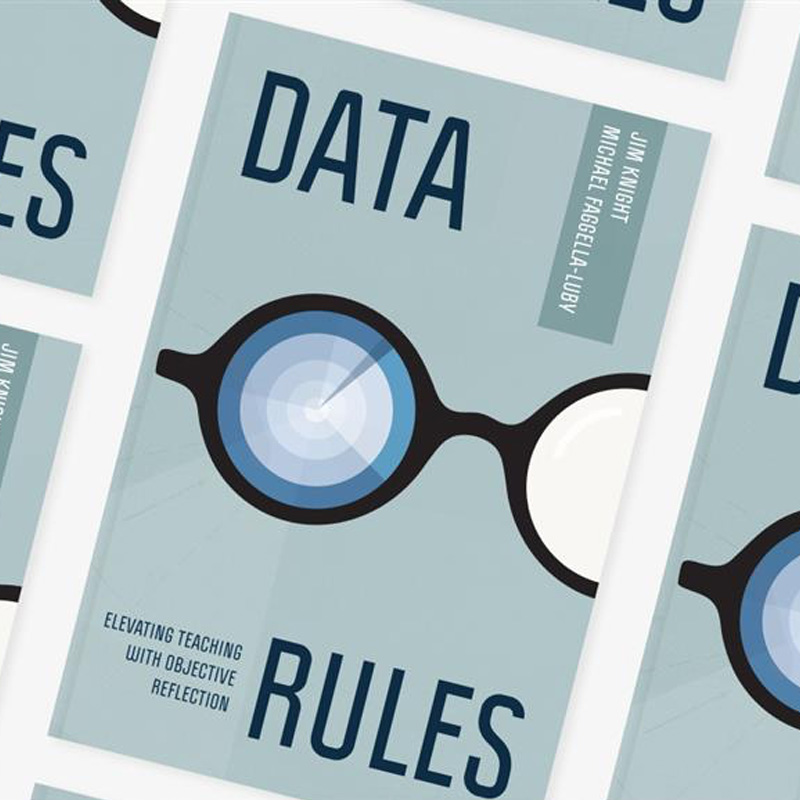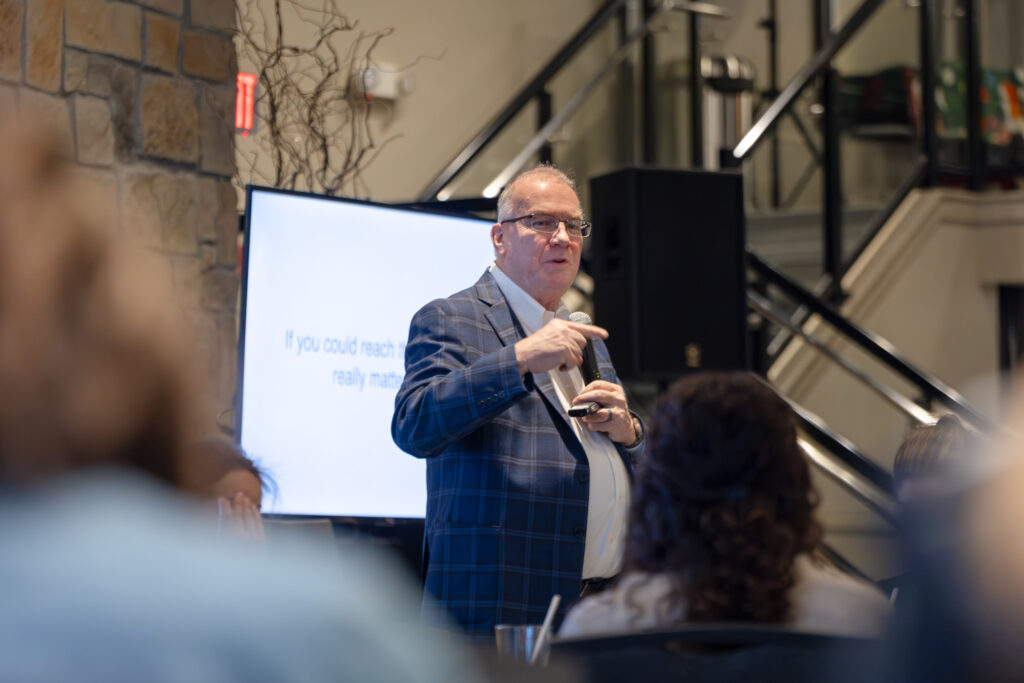Sleeping on the job is a surprisingly common phenomenon. Security guards, air traffic controllers, cable service men, and many, many others have been caught in the act of sleeping on the job. Pilots, even, have fallen asleep on the job and missed their landing sites. Sleeping on the job is so prevalent that Wikipedia has an entire section dedicated to the topic.
Those few unfortunate people who fall asleep while working and end up on YouTube usually end up unemployed. But we can also sleep on the job without literally dozing off.
Sleeping on the job for me is a metaphor for going through the motions of a task, but failing to learn what we can from the experience.
Malcolm Gladwell has popularized Anders Ericsson’s finding that great performers become great because they have at least 10,000 hours of practice. The Beatles, Bill Gates, and other superstars, Gladwell argues, became superstars because they put in at least 10,000 hours of heavy lifting to become the masters they become. Time practicing, unfortunately, is not enough to enable us to become rock stars. 10,000 hours of sleeping on the job during any task is no better than 100 hours.
Driving is a good example of this phenomena. Most of us have put in thousands of hours behind the wheel, but few of us are significantly better drivers today than we were back when we first mastered the finer details of driving. Many experienced drivers are actually worse today than they were ten years ago.
What separates the good from the average, and the great from the good is a particular kind of practice. Ericsson refers to it as “deliberate practice,” Daniel Coyle calls it “deep practice,” and Matthew Syed calls it “purposeful practice.” “This is not ordinary practice,” Coyle explains, “this is a highly targeted, error-focused process.” Syed, a former table tennis world champion, describes purposeful practice as follows:
Aspiring champions have a specific and never-changing purpose: progress. Every second of every minute of every hour, the goal is to extend one’s mind and body, to push oneself beyond the outer limits of one’s capacities, to engage so deeply in the task that one leaves the training session, literally, a changed person.
Purposeful practice (I’ll choose Syed’s term) only happens when we…
- get really clear on very specific areas we need to improve
- choose to step outside our comfort zone and make attempts that challenge us to get better in those specific areas
- gather data on how well we are doing at improving in those specific areas
There are many implications of this research, and anyone interested in any kind of learning or improvement would benefit from reading all of the authors mentioned above. I plan to discuss the methods and implications of purposeful practice (in professional learning and in the classroom) in a few posts over the next few months. But I want to mention one particular implication here.
All of us, whatever we do, have the chance to get much better if we choose to do purposeful practice.
In schools with instructional coaches, for example, teachers can dramatically improve if they work with their coach to refine their skills in particular areas. This could involve discussing the research on instruction, targeting an area for improvement, and then having the coach gather and share data on our progress. We might even gather our own data through video or audio recording a lesson or gathering data from students.
Purposeful practice, by definition, takes us out of our comfort zone. In our first attempts we will feel uncomfortable both because of the experience of truthfully confronting reality and by struggling to do things we’ve never done before. But staying in our comfort zone and sleeping on the job is an unrewarding alternative.
The real reward of teaching is to become better, to learn, and to prompt and inspire our students in their learning. We won’t have that experience, perhaps the most rewarding part of teaching, if we choose sleep through the many chances we have to learn every day.
